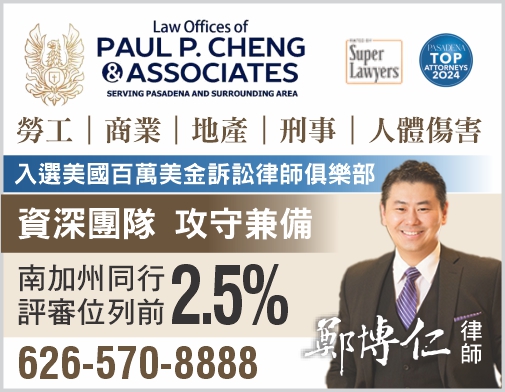WHEN TO USE CHAPTER 13
Chapter 13 is normally used to save a house from foreclosure. But this is not the only situation where Chapter 13 is used. When a Chapter 13 petition is filed, just like any other chapter of the bankruptcy code, the automatic stay immediately stops foreclosure of the house. For instance, the foreclosure sale of the house is July 7, 2014. Homeowner wants to save his house. He files Chapter 13 on July 6. The foreclosure sale cannot proceed. What happens to the default portion of the mortgage? The arrears are frozen for 5 years and homeowner is allowed to pay the arrears in 60 equal monthly payments, without interest. Let’s look at an actual client example:
Client has not paid his mortgage for 6 months because he lost his job. The mortgage payment is $2,000 a month. The default is $12,000. Trustee sale of his house is scheduled for June 16, 2014. We file his case on June 10. The first effect is that the foreclosure that is scheduled for June 16 will not push through. The case stops the foreclosure. The second effect is that the arrears of $12,000 are frozen and client is given a chance to repay it in 60 equal installments of $200. However, client will have to resume his regular mortgage of $2,000. If client resumes his regular mortgage of $2,000 and pays the trustee $200 a month for 60 months, his account with the holder of the mortgage will be current again at the end of the 5th year. So, for five years, creditor cannot foreclose his house, and at the end of the 5th year, he is back on current status on the mortgage. Thus, client has saved his house from foreclosure.
While he is on a Chapter 13, negotiations for a loan modification can commence. If successful, client may qualify for a reduced mortgage payment under HAMP or HARP. But the LM process is entirely between bank and client. Court permission to proceed with LM is normally obtained, and some lenders require a court order that says the court has no objections to the terms of the LM approved by the bank. The law does not empower the court to modify the terms of a first mortgage.
Another example:
Client owes a home equity loan (HELOC) of $120,000. His house is upside down such that there is no equity supporting the HELOC. She also owes $50,000 of credit card debt. She cannot afford to pay the HELOC and has not paid it for 4 months. She has not paid her cards for 5 months. She works two jobs as a registered nurse and has gross income of $120,000 yearly. However, due to Obamacare, her income is reduced by 20% resulting in her inability to pay the HELOC and credit cards. She has no problem with her first mortgage and two car payments which are all current.
We file her Chapter 13 last week to get rid of the HELOC and to manage her credit card accounts. The HELOC will be “stripped” or converted from a secured debt to an unsecured debt. The entire $120,000 will become like a credit card debt, totally unsecured. Under the plan, she will pay the trustee $600 a month for 60 months. If she completes payment of $36,000 in 5 years, the HELOC of $120,000 and the credit cards of $50,000 will be discharged.
Yet another example:
The IRS sent a notice of intent to garnish client’s wages for back taxes of $25,000 for tax year 2012. Client also owes $40,000 of credit cards. Her plan requires her to pay the $25,000 owed to the IRS in 60 equal monthly payments of $416, without any interest or penalty. Under this plan, client pays zero for her credit cards. So, if she completes her plan payments of $416, on the 5th year, she will owe nothing to the IRS, and she will owe her credit cards nothing even though she did not pay her credit cards anything in her plan. This is called a zero percent plan to non-priority unsecured creditors such as credit cards.
Therefore, Chapter 13 is used to save a house from foreclosure, get rid of a junior lien such as HELOC, handle credit card debt and income taxes which are not yet dischargeable.
“Delight yourself in the Lord and He will give you the desires of your heart.”- Psalm 37:4.
Lawrence Bautista Yang is a graduate of Georgetown University Law Center and has been in law practice for thirty+ years. He specializes in bankruptcy, business and civil litigation and has handled more than four thousand successful bankruptcy cases in California. He speaks Mandarin & Fujien and looks forward to discussing your case with you personally. Please call Angie, Barbara or Jess at (626) 284-1142 for an appointment at 1000 S Fremont Ave., Mailstop 58, Bldg A-1 Suite 1125, Alhambra, CA 91803.
图片翻摄自网路,版权归原作者所有。如有侵权请联系我们,我们将及时处理。
 點評
點評 微信
微信 微博
微博






